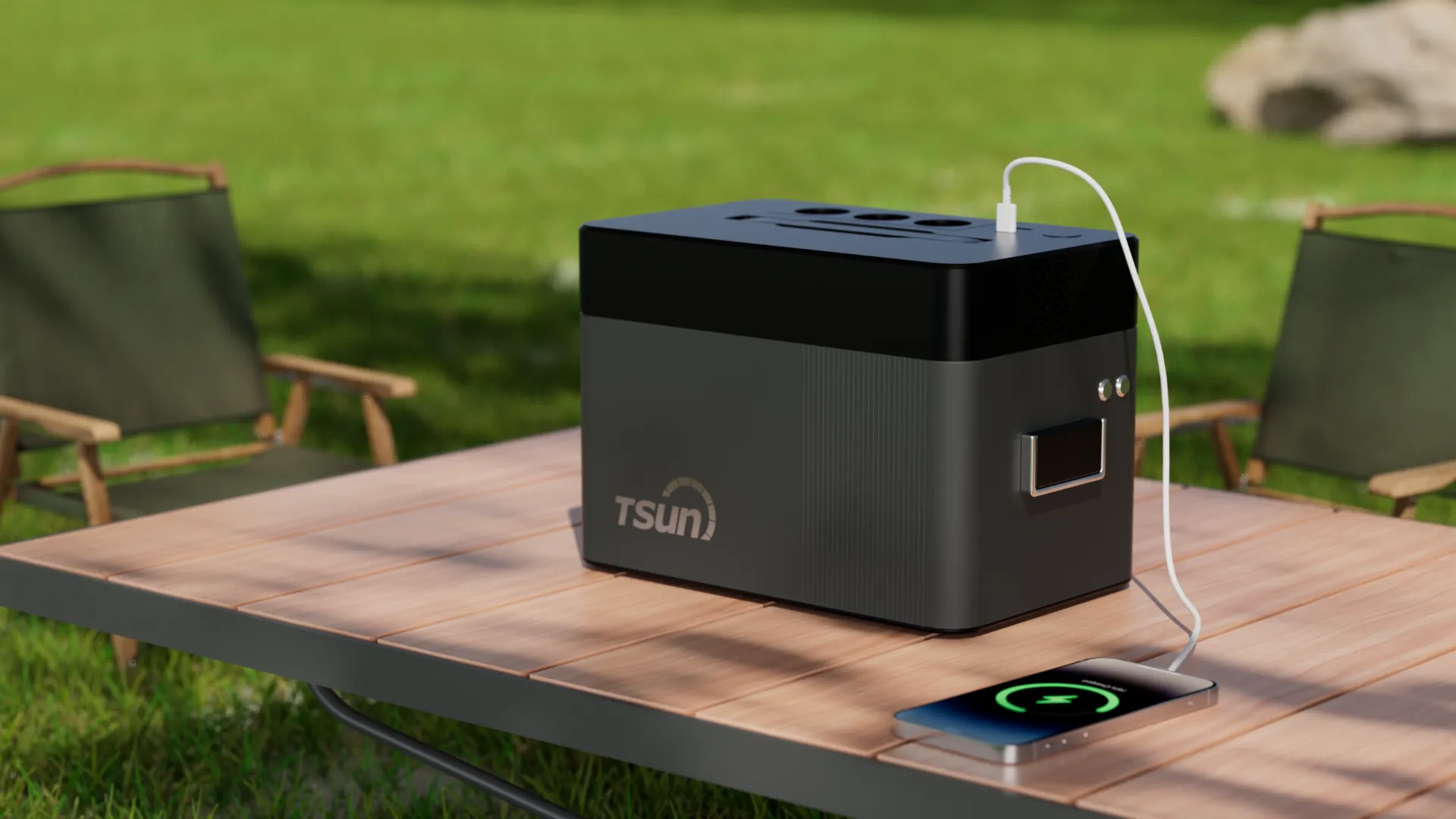Microinverters are a highly efficient and innovative technology playing a pivotal role in modern solar energy systems. Unlike conventional string inverters, which create a single point of failure for entire solar panel arrays, microinverters are installed at each solar panel, allowing for a number of performance and reliability benefits. Understanding how microinverters work involves considering their role in maximizing energy harvest, providing safety benefits, and enhancing monitoring capabilities.

At the core of each microinverter is its ability to convert direct current (DC) electricity produced by a single solar panel to alternating current (AC) electricity suitable for home use or for feeding back to the grid. This conversion is crucial as most household appliances and the electrical grid operate on AC power. By processing the power output from each panel individually, microinverters ensure that a problem in one panel doesn't significantly impact the system's overall performance. This feature enhances both the reliability and efficiency of solar installations.
A significant advantage of microinverters is their ability to optimize the power output from each panel independently. Shading, debris, or a drop in panel efficiency over time can significantly reduce the power output of an entire string of panels if using traditional inverters. Microinverters mitigate this issue by allowing each panel to perform optimally, thus increasing the overall energy harvest, particularly in diverse shading conditions or non-standard roof orientations. This optimization is achieved through Maximum Power Point Tracking (MPPT) technology, effectively ensuring each panel delivers at its best possible capacity.

Safety is another critical benefit of using microinverters. Traditional string inverter systems require high-voltage DC power to travel across the panels and into the inverter, which poses significant risks in terms of potential electrical hazards and fire. In contrast, microinverters convert DC to AC immediately at the panel level, significantly reducing the electrical hazard risk. This feature makes microinverters particularly advantageous in residential areas where safety is paramount.
Additionally, the monitoring capabilities provided by microinverter systems are superior. Most microinverter systems come equipped with advanced monitoring software that allows system owners and technicians to view the performance of each individual panel in real-time. This granularity of data is invaluable for quickly identifying and rectifying issues, improving maintenance efficiency, and ensuring optimal system performance over time. With detailed insights into panel-level output, users can make informed decisions about energy usage and system upgrades or maintenance requirements.
how do microinverters work
The robustness and scalability of microinverters also make them an attractive choice for many solar installations. As each panel operates independently, adding more panels to an existing system is straightforward and doesn’t require altering the inverter setup of the existing system. This modular nature allows for flexible system expansion, catering to increasing energy needs without significant reconfiguration or cost implications.
Furthermore,
the reliability of microinverters cannot be overstated. With fewer single points of failure compared to centralized string inverter systems, microinverter setups are inherently more reliable. If one microinverter fails, the rest of the system continues to operate, ensuring continued energy production and revenue for the system's owner.
In assessing the effectiveness and reliability of microinverters, it's essential to consider the expertise and experience of manufacturers in this field. Companies with a long-standing reputation for producing durable and efficient microinverters have typically undergone extensive testing and field trials, ensuring their products can withstand various environmental challenges while maintaining peak performance.
Choosing microinverters involves understanding their impact on both system design and operation. By providing enhanced energy yield, improved safety, advanced monitoring, and operational flexibility, microinverters offer a powerful solution for both residential and commercial solar installations. Their growing popularity is a testament to their effectiveness in addressing common solar energy challenges, making them a worthy consideration for anyone planning to adopt or upgrade a solar energy system.
Overall, microinverters significantly enhance the performance, safety, and monitoring capabilities of solar energy systems, illustrating their essential role in modern solar technology solutions. Their ability to maximize energy harvest, increase system longevity, and provide valuable performance insights makes them an indispensable component in advancing the efficiency and resilience of solar power generation.
 LEARN DETAILS
LEARN DETAILS



